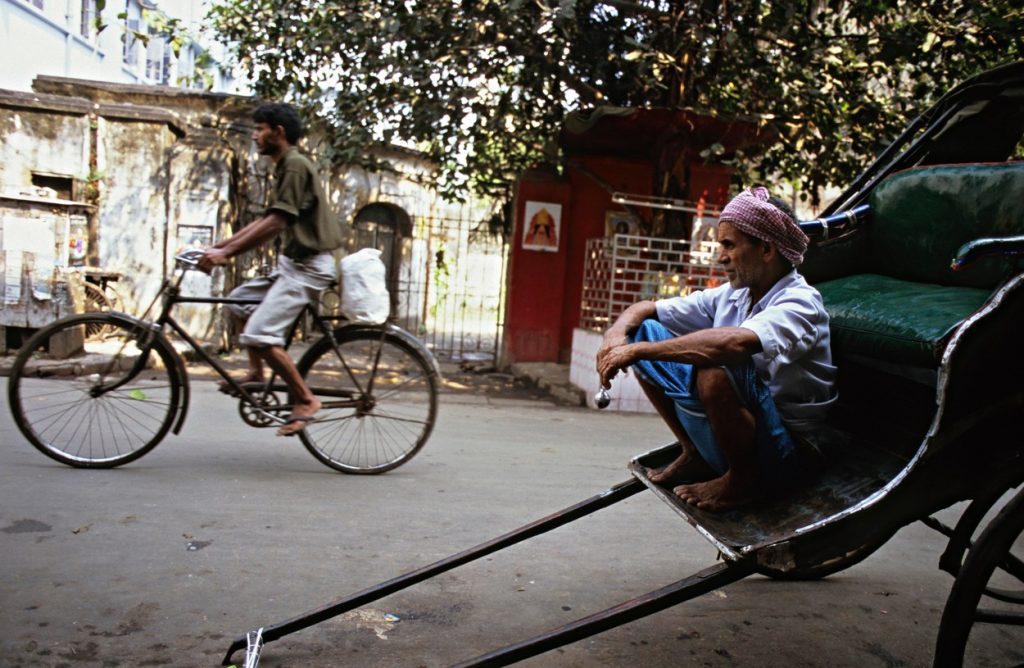A 2018 report by the Energy and Resources Institute concluded that this relative low use of the bicycle in India is damaging to the country’s economy and the health and prosperity of its population.
The report cites a Bloomberg study which found that middle-income households in India spend no less than 73% of their daily income to purchase one gallon (3.76 l) of petrol for their two- and four-wheel motorized vehicles. To put the potential savings of bike use in numbers, the report alludes to a study by the European Cyclists’ Federation that estimates that substituting just one-third of the short car trips (8 km and less) in the European Union with bicycles could result in annual fuel savings of €28 billion.

Even more important, an increased use of the bicycle can (as we know) result in better health, especially in the reduction of non-communicable diseases (NCDs), such as diabetes and cardiovascular diseases (CVDs). NCDs in general are responsible for 60% of the deaths in India, and CVDs and diabetes cause, respectively, 44% and 3% of these mortalities. Due primarily to physical inactivity, more than 63 million Indians currently suffer from type 2 diabetes.
This creates a huge financial burden, both for the individual and for the economy in terms of medical expenditures and lost productivity. The World Economic Forum and the Harvard School of Public Health have estimated that India will incur an economic loss of $4.58 trillion (4.13 trillion euros) for the period 2012–2030 due to the prevalence of NCDs.
But, of course, not every worker in India owns a motor vehicle. In fact, one-third of the country’s workforce walks to work. About 31% of these people undertake an average work trip on foot of 3.5 km, while just over one-fourth walk an average of 8 km to get to their place of employ. Most of these people are unskilled workers, the urban and rural poor.

According to estimates, providing bicycles to unskilled workers in India can add 23 million addition work hours a year to the economy, resulting in increased annual productivity estimated at 112 billion Indian rupees (CZK 36 billion).
Unfortunately, the Indian government has recently increased the duties on bicycle sales, making them even less affordable for those who need them most. Currently, purchasers of bicycles must pay excise duties of about 12%, including local sales taxes of between 5 and 7%. In addition, the country has no real cycling infrastructure, making cycling a rather hazardous venture, and has people thinking twice before hopping on a bike.




